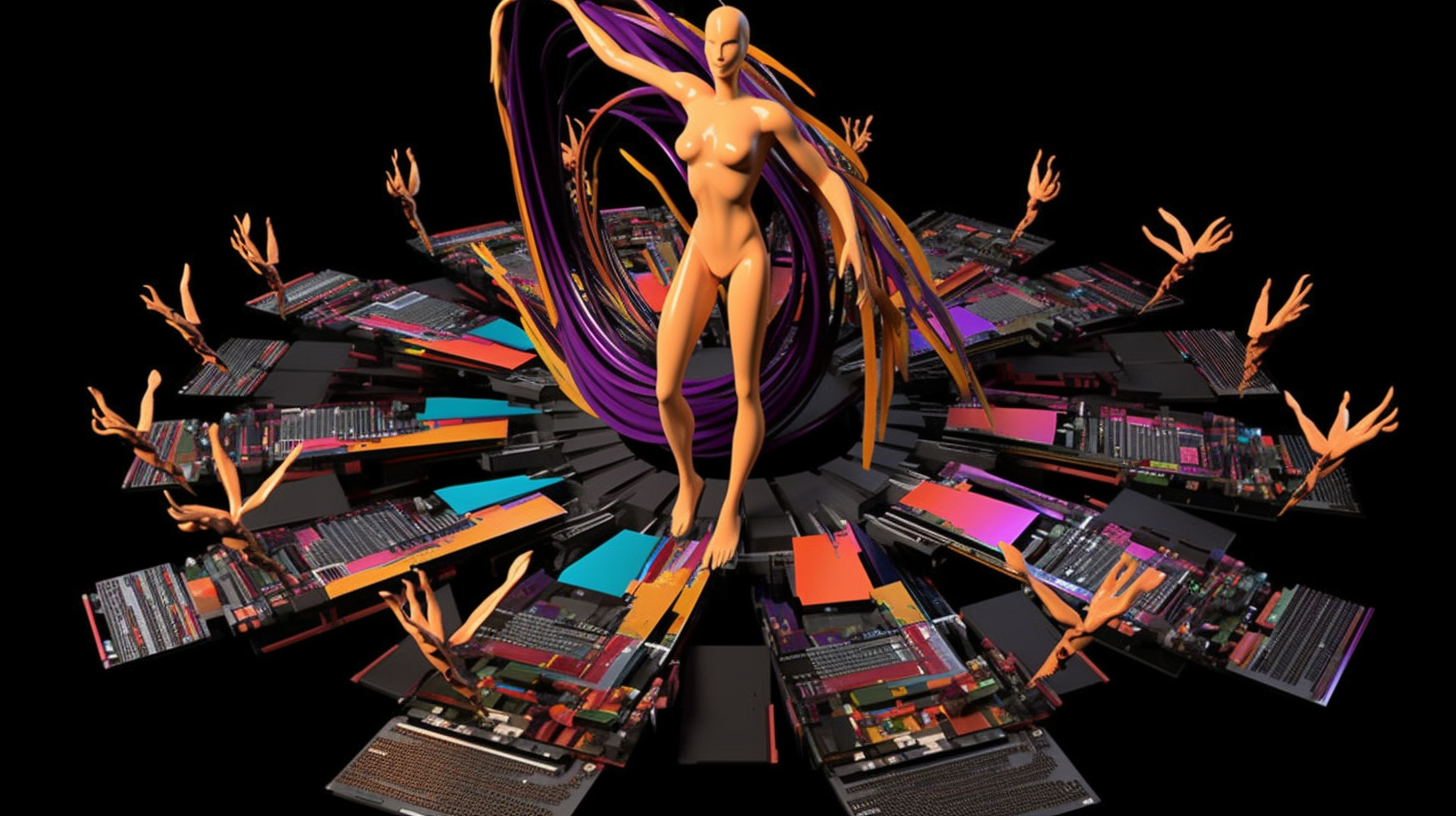Mastering Motherboards, CPUs, and Add-On Cards: A Comprehensive Guide for the CompTIA A+ Core 1 (220-1011) Exam

Whether you're a first-time tinkerer or a seasoned IT professional, the dance of installing and configuring your system's treasured trifecta – the motherboard, CPU, and add-on cards – can feel like a convoluted tango. But fear not, tech wizards in the making! We're about to delve into the nitty-gritty of this magnificent dance and transform novice techies into full-blown hardware maestros, guided by the magical light shed by the CompTIA A+ Core 1 (220-1011) exam syllabus.
The Nuts and Bolts: An Academic Perspective
The motherboard, CPU, and add-on cards are essentially the heart, brain, and limbs of your computer, respectively. Your system would function as effectively as a chocolate teapot without these vital components. Sounds good, right? We're going to explore each of these components now.
The central processing unit (CPU), or the "brain" of the computer, carries out most of the processing inside computers. The execution of system instructions - otherwise known as program commands, and the management of peripheral devices, constitute its primary functions. CPU's differ in specifications like socket type, speed, and cache size, and these factors are pivotal in assessing a CPU's compatibility and performance within a system.
Other system components, such as the CPU, RAM, and add-on cards attach to the computer system's central backbone - often dubbed the 'Main Board' or 'System Board', also known as the motherboard. It provides the electrical connections by which the other components of the system communicate and also supports the system BIOS that govern system boot-up settings.
Add-on cards, providing additional features to a computer, reference the last bunch of peripherals. These include a range from a graphics card enhancing video rendering, a network card improving data transmission, to a sound card boosting audio clarity. These components are installed into expansion slots on the motherboard, billed as the proverbial stage on which our add-on performers shine.
The Install-Configure Dance: Stomping Statistics
In the IT industry, installing and configuring these critical components are vital skills to possess. The Bureau of Labor Statistics projects an 8% growth in employment for computer support specialists from 2019 to 2029. Also, your golden ticket in the tech world could be mastering this trifecta, given the increasing reliance on complex technology and digital interfaces.
A 2018 survey by CompTIA found that 96% of managers look for certifications like the A+ when screening candidates. No wonder folks are flocking to get this valuable feather in their cap!
Yet, mastery of this topic doesn't merely open the door to a flourishing IT career. A recent study found that 56% of adults in the US have experienced some form of data loss – most of which could have been prevented through proper installation and configuration of motherboards, CPUs, and add-on cards. Do you see the tremendous importance of these skills now?
Now, the practical aspect of installing and configuring these components is a methodical dance. Whether you're installing the motherboard, socketing the CPU, or plugging in an add-on card, each step needs to be performed correctly. Or, as many tech gurus would say, "proper procedure prevents poor PC performance." Who knew IT had its alliterations?
So, that sums it up. Your crash course to conquering the installation and configuration of motherboards, CPUs, and add-on cards. Consider this your tech tango cheat sheet, your hardware hokey pokey guide, or your IT-installation-configuration manifesto. Heck, call it what you want. But one thing is for sure - armed with this knowledge, you're ready to rock the CompTIA A+ Core 1 exam. So, go forth, tech wizards in the making, and conquer!